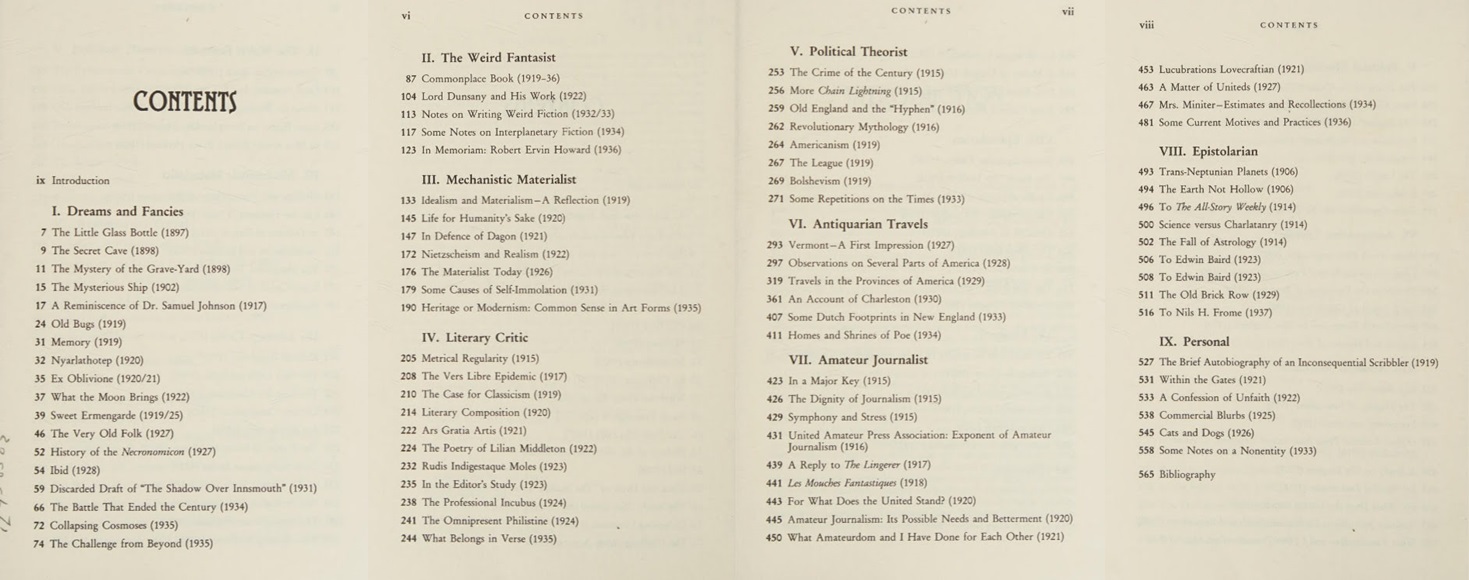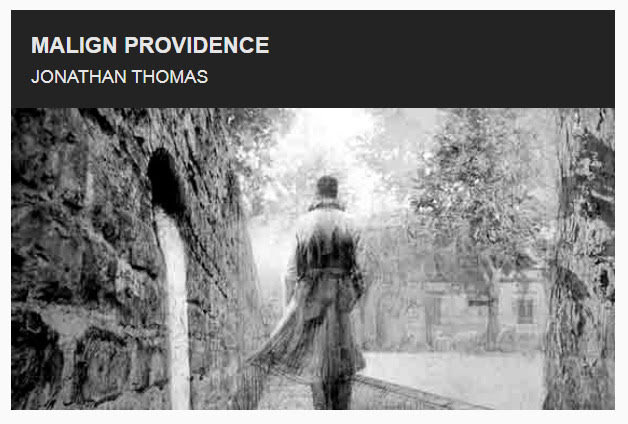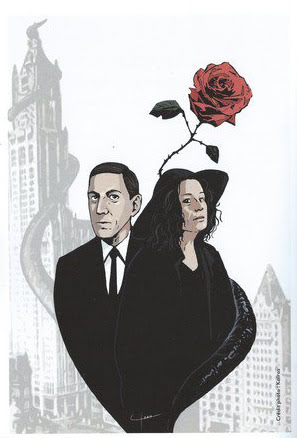For this week’s ‘Picture Postals from Lovecraft’, a glimpse of the lower depths of Brooklyn Heights. Atop which Samuel Loveman and Hart Crane lived, with magnificent riverine views. Views of the sort I’ve shown in several previous ‘Picture Postals’, along with pinpointing the exact locations involved.

But here the artist Charles Locke does what a good artist does, namely the opposite of what the herd are doing. Instead of the usual river vista he shows us the ‘depths’ of Brooklyn Heights, with the residential heights glimpsed soaring above. The walker on the sidewalk might almost be Lovecraft. The delivery man could almost be delivering more refrigeration equipment to Dr. Munoz (“Cool Air”). Above, out of sight, Loveman works on his poetry.
It looks like the artist’s view is at about the level of the footings of the Brooklyn Bridge, which is partially seen in the distance. One can imagine walking this scene in the dark, it must have felt — and probably smelt, due to the proximity of the river — quite Stygian. Lovecraft hints at the smell when he described Brooklyn Heights (talking of the part on the edge of Red Hook) as…
within sight of the sea, and with an old-world air of musty stateliness which to many suggests parts of London
“Musty” indeed. The water in the vicinity was not today’s relatively clean water, in which whales and dolphins now regularly cavort for New York City tourists.
Frank Belknap Long also briefly noticed the cliff-like topography of Brooklyn Heights. In his “The Space Eaters” (1929) he had Lovecraft-as-character…
Howard [Lovecraft] walked to the window. He drew back the curtains and gazed for a moment at the crowded harbor and the tall, white buildings that towered against the moon. He was staring at the skyline of lower Manhattan. Sheer beneath him the cliffs of Brooklyn Heights loomed darkly.
“Why didn’t they conquer?” he cried. “They could have destroyed us utterly. They could have wiped us from Earth.”
[…] I walked to the window and remained for a long time staring at Manhattan. There [in this view], I thought, is something substantial. It is absurd to imagine that anything could destroy it. It is absurd to imagine that the horror was really as terrible as it seemed to us […]. I must persuade Howard not to write about it.
And finally, I’ve found more or less the nocturne view they were looking at.

Anton Schutz, Lower Manhattan, seen from Brooklyn Heights in 1931.
Not quite on-the-dot in terms of the year of either Lovecraft’s first view of the city in this manner, or of Long’s 1929 tale. Also from a quarter mile further south (Montague Terrace). Crane could also see the Statue of Liberty, here unseen but off to the left. But the picture is probably as good as we’ll get until I find something even better.
There was also a colour version of the above, looking like a precursor for what would become the risen and dream-twisting R’lyeh.













